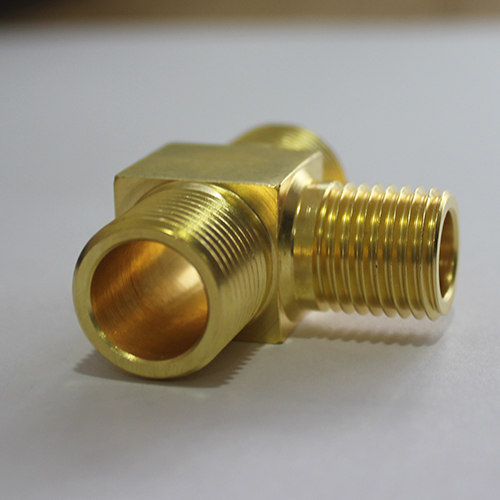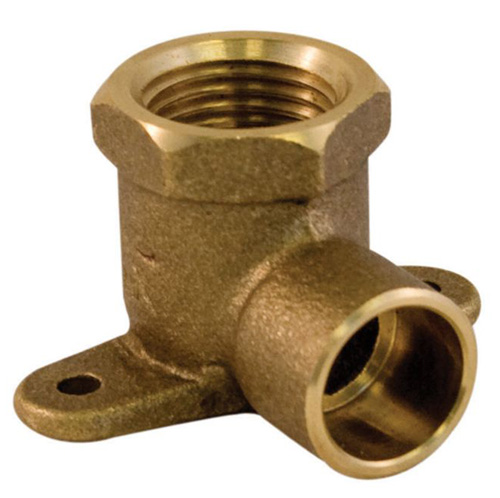Iron ore resources in China, though rich, but 95% of the iron ore beneficiation and processing needs, and magnetite accounted for only about 30%, the rest is weakly magnetic iron ore and multi-metallic ore. The characteristics of iron ore in China are “poorâ€, “hetero†and “fineâ€. The iron minerals selected by A iron minerals and floatable flotation method mainly include hematite and imaginary hematite, siderite and limonite. Their floatability is: (1) Hematite and imaginary hematite (Fe2O3), containing 70% iron, is easily floated by fatty acid collectors . Pure minerals have the best floatability in neutral and weakly alkaline media (pH = 7 to 7.5). Commonly used collectors in flotation are carboxylic acids and their soaps, such as oxidized paraffin soap, ter oil, palmitic acid. Sulfated soap, petroleum sulfonic acid, and the like can also be used. In addition, hydroxamic acid can also be used as a collector. Among the saturated fatty acids, the dodecyl acid and the unsaturated fatty acid have the best flotation effect with linoleic acid. Hematite inhibitors can be used in starch, dextrin, tannin, acid pulp waste, as well as cellulose, gum arabic and water glass. As for polyvalent metal cations (such as Cd2+, AP3+, Mn2+, etc.), when fatty acids are used as collectors, there is also a certain inhibitory effect, because these ions combine with fatty acids to form poorly soluble salts and consume a large amount of collectors. Caused by. Partial activation of phosphoric acid have hematite, and there are positive inhibitory hematite acid, metaphosphoric acid activation is due to hematite metaphosphoric acid can be combined with the pulp cation, its collector to the collector eliminate Precipitation. In addition, hematite is also activated when there is a small amount of pb2+ ions in the slurry. (2) Siderite (FeCO3), containing 48.3% iron, can be floated in a strong alkaline medium with a cationic collector. (3) Limonite (Fe2O3·H2O), containing 60% iron, can be floated by a fatty acid collector. However, limonite is prone to muddy, and it becomes difficult to float after muddy. Therefore, when dealing with such ore, first of all, care should be taken to avoid excessive pulverization. Flotation method of B iron ore When using flotation to select iron ore, there are several methods: (1) Positive flotation with an anion collector. The method generally uses a fatty acid or a hydrocarbyl sulfate as a collector, and the amount thereof is generally 0.5 to 1.0 kg/t. At present, Tal oil and sulfonated petroleum (RSO3Me) are commonly used as collectors, and they can be used alone or in combination, but it is generally considered that the mixed use effect is good. Sodium carbonate is used to adjust the pH of the alkaline pulp and to disperse the slime and precipitate the polyvalent harmful metal ions. The pH of the acid slurry is adjusted with sulfuric acid, and the flotation is generally carried out in a weakly acidic and weakly alkaline medium. Recent studies have shown that the flotation effect is best in the neutral pH range, beyond which the amount of oleic acid is increased. In addition, the pH range controlled by oleic acid flotation of hematite is related to the ore particle size, that is, fine particles (less than 0.037 mm) hematite has the largest adsorption amount of oleic acid at pH 7.4; general flotation granularity ( Less than 150mm to +0.037mm) is the best floatability at pH 3 to 9. When the pH is greater than 9, the floatability is significantly lowered. The amount of hematite floating in a strong acid (pH less than 3) medium does not exceed 30%. When flotation of iron ore directly with fatty acids and their derivatives, it is sometimes necessary to de-sludge in advance to prevent the effect of the slime on the flotation process. The ore flotation of iron ore is still the main method in China. Its advantage is that the prescription is simple and the cost is low. However, its disadvantage is that it is only suitable for the treatment of ore with simple gangue. Sometimes the concentrate needs to be selected several times. The qualified concentrate is obtained, and the concentrate foam is sticky, and it is not easy to concentrate and filter, resulting in higher water content of the concentrate. When the iron ore is floated by using a fatty acid collector, the temperature of the slurry has a significant influence on it. In order to improve the flotation index, the temperature of the slurry can be increased and then floated. The advantage is that the selectivity of the agent is greatly Improve, no need to add fatty acid when selecting, no need to remove mud after grinding. (2) Reverse flotation with an anionic collector. For minerals whose gangue is quartz, the quartz is first activated with calcium ions and then reversed by a fatty acid collector. The foam product thus obtained is quartz, and the product left in the tank is iron concentrate. In the anti-flotation, iron ore inhibitors may be starch (cassava starch, acorn starch, chestnut starch, etc.), sulfonated lignin, dextrin, and the like. Mix sodium hydroxide or sodium hydroxide with sodium carbonate to adjust the pH of the slurry to above 11. Quartz can only be harvested with fatty acids after activation with polyvalent metal cations. The commonly used activated ion is Ca2+, the most used calcium salt is calcium chloride, followed by calcium hydroxide. It must be stated that this method is applicable to the flotation of iron ore with a higher iron grade and easier volcanic volcanism, but the application of this method should pay attention to the treatment or recycling of tailings water, because the pH of the tailings water Values ​​up to 11, if placed directly into the public water area, can cause serious public hazards. (3) Reverse flotation with a cationic collector. The flotation agent used at this time is an amine collector, which is used for flotation of quartz gangue. The amine collector is preferably etheramine, followed by aliphatic amine. Iron ore inhibitors using water glass, tannin and sulfonated lignin at a pH of 8 to 9 have the best inhibitory effect. It is also possible to use various types of starch to inhibit iron minerals. The advantages of cationic reverse flotation are: 1) It can be coarsely ground: fine grinding is required when flotation of iron with anionic collector, and as long as the ore is ground to dissociation during cation reverse flotation, the amine collector can well treat quartz. The gangue floats up. 2) High recovery rate: especially when iron ore contains magnetite, it is floated with anionic collector, magnetite is easily lost in tailings, and when cation is used for reverse flotation, magnetite is Can be recycled together. 3) It can improve the quality of concentrate: when using anion flotation, the iron-containing silicate will enter the foam in a large amount. When the cation is reversed, the iron silicate and quartz will enter the tailings together, so the concentrate is higher. 4) Simplification of operation: The reverse flotation with cations can eliminate the de-sludge operation, so the loss of iron minerals can also be reduced. The method is applicable to the flotation of iron-bearing ore with high iron content and complex composition. (4) Selective flocculation flotation method. It is suitable for the treatment of high-silica ore with fine particles and fine-grained inlays by adding dispersants such as sodium hydroxide, water glass and sodium hexametaphosphate to the slurry. Then add flocculants that are selective for iron minerals, such as tapioca starch, corn starch, and sodium humate. The flocculation effect of the hydrolyzed polyacrylamide is also good. The flocculation of the method firstly causes the fine iron mineral to form a flocculation group to sink, and then removes the partially dispersed suspended gangue slime by concentration, which can be carried out several times. Iron concentrates are obtained, but such coarse concentrates often fail to meet quality requirements, and further reverse flotation is required to improve the grade of iron concentrates. In the reverse flotation, the inhibitor of iron mineral is first added to the slurry, and then the reverse flotation is carried out with a cationic collector or an anionic collector. When reverse flotation is carried out with an anionic collector, Ca2+ is added as an activator for quartz, and the pH of the slurry is adjusted to about 11. After reverse flotation, the product in the tank is iron concentrate and the foam product is tailings.
Copper Castings - Pipe Fittings
Pipe and fittings is also one of important scope for the copper castings.
The main material: brass, bronze, zinc-plating brass etc..
We owned advanced line production equipments for the electrical brass components, and other related copper castings.
Coordinating by the advanced inspection equipments, we have built long-term and good relationship with clients from European and American markets. We welcome any request from esteemed you!
Pipe Fittings Pipe Fittings,Steel Pipe Fitting,Tee Pipe Fittings,Hydraulic Pipe Fitting Dandong Hengrui Machinery Co., Ltd. , http://www.hrcastings.com

Understanding the common iron ore flotation process